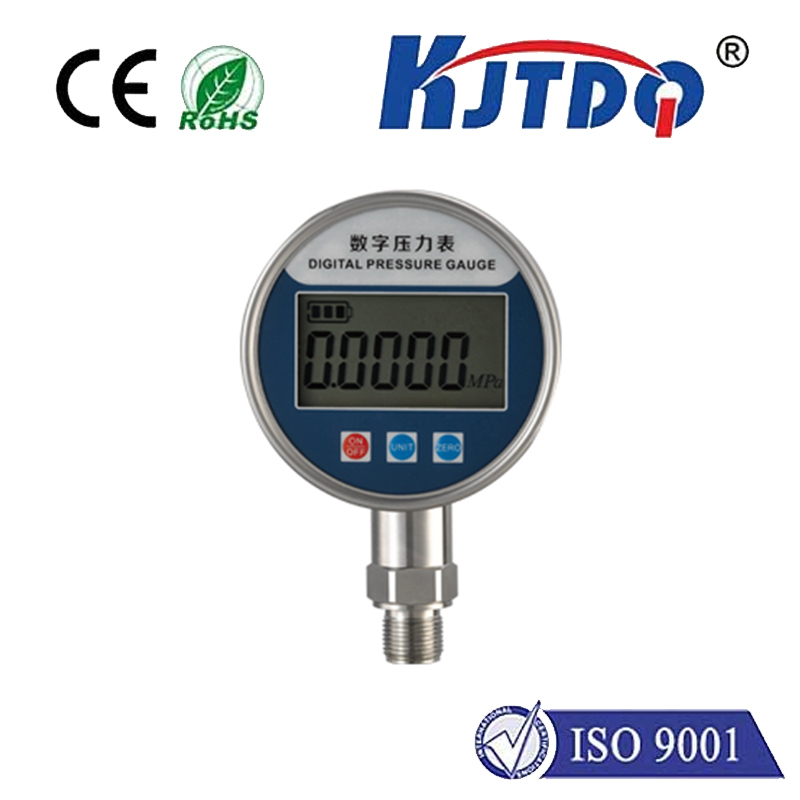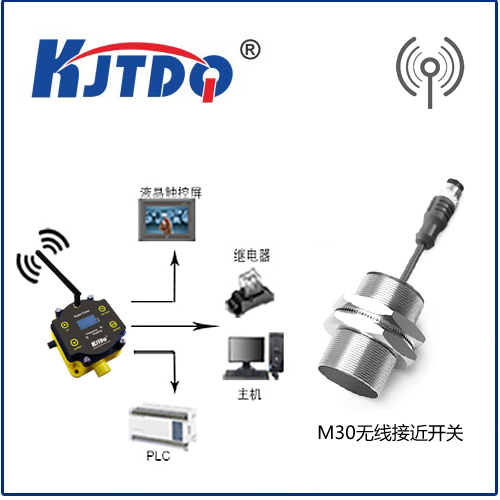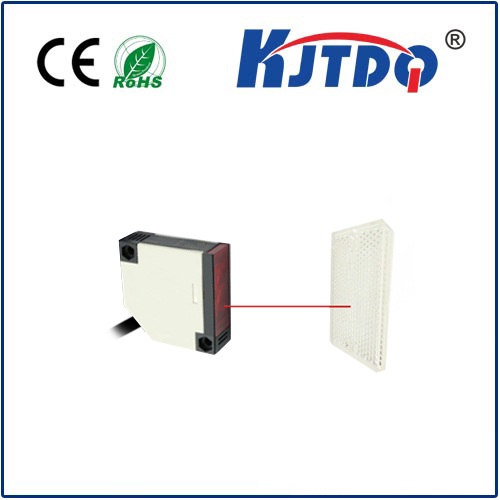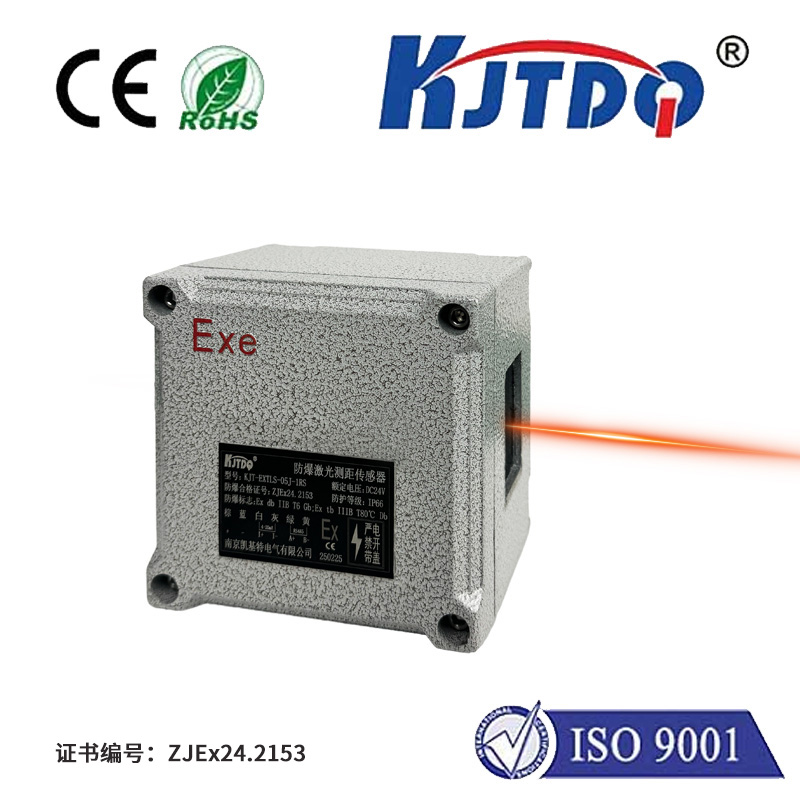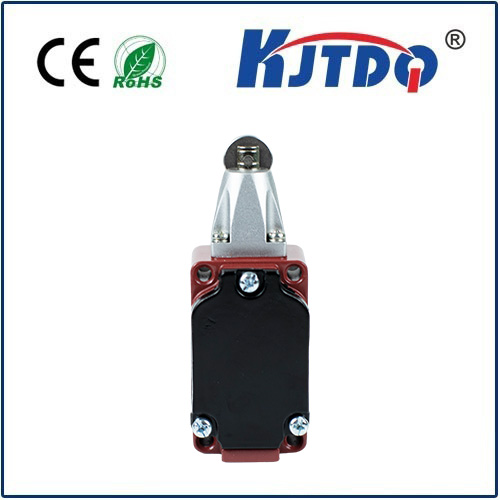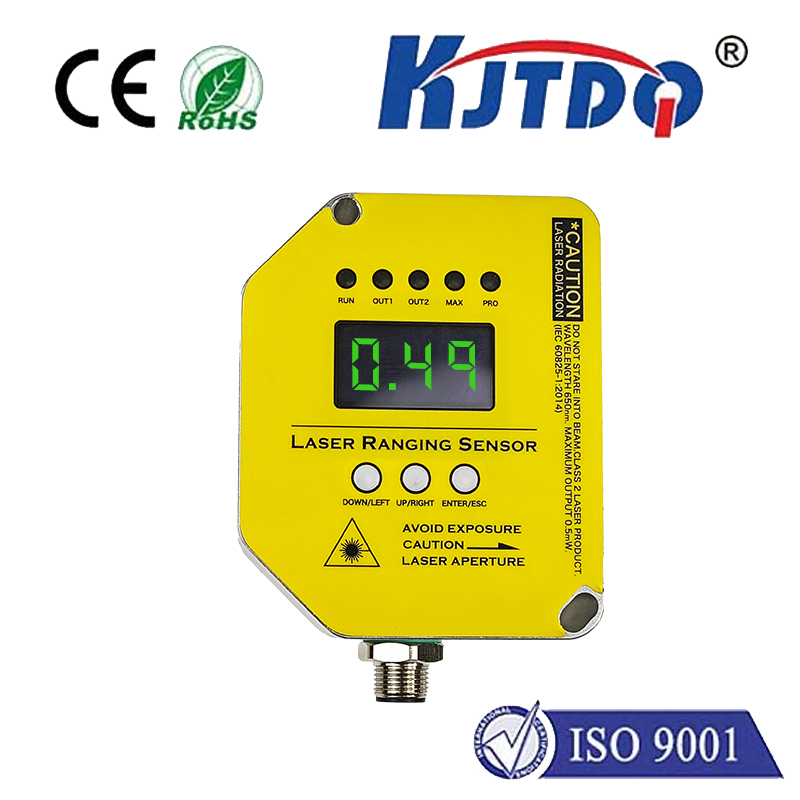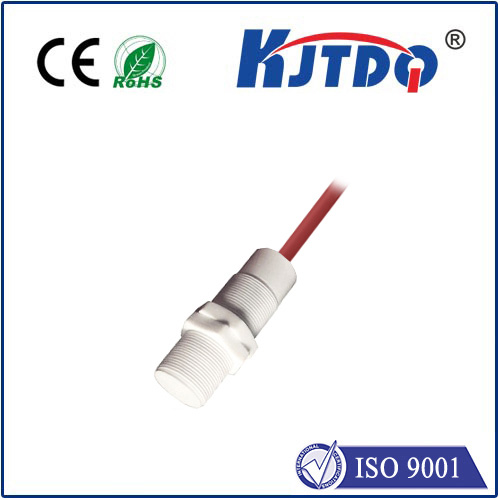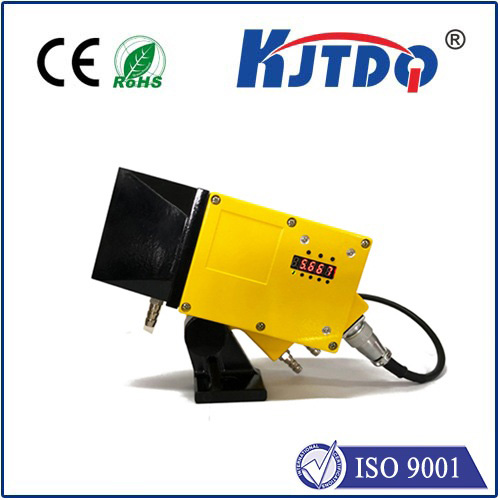proximity sensor sensing distance
- time:2025-07-17 09:08:27
- Click:0
How Far Can Proximity Sensors See? Mastering Sensing Distance for Optimal Performance
Ever wondered how your smartphone screen magically turns off when held to your ear? Or how a complex industrial machine halts instantly before a worker gets too close? The answer lies in the silent, unseen work of proximity sensors and a critical parameter: sensing distance. More than just a number on a datasheet, understanding and mastering sensing distance is fundamental to unlocking the full potential of these versatile devices across countless applications.
Proximity Sensor Sensing Distance Defined
Put simply, the sensing distance (Sn) is the maximum distance at which a proximity sensor can reliably detect the presence of a specified target object. Think of it as the sensor’s effective “reach.” This distance is measured along the axis perpendicular to the sensor’s active face. Crucially, it’s not the distance where detection first occurs sporadically, but the distance where reliable, repeatable detection is guaranteed under defined environmental conditions and with a specific target material and size. Recognizing this distinction is vital for robust system design.
Why Sensing Distance Matters So Much
Selecting a sensor with the appropriate sensing distance isn’t just about making detection possible; it’s about optimizing performance, safety, cost, and integration:
- Performance Optimization: If the distance is too short, the sensor might miss objects entirely or trigger too late. Too long, and it might detect unintended objects (false positives) or be overly sensitive to environmental fluctuations.
- Safety Assurance: In safety-critical applications like machine guarding or elevator door reversal, an inadequate distance could create hazardous situations. The sensor must detect an obstruction with sufficient time for the system to react safely.
- Efficient Design & Integration: Knowing the required distance upfront influences sensor placement, mounting constraints, and overall machine or device layout. Choosing a sensor with excess range might increase cost unnecessarily.
- Reliability: Operating a sensor consistently near its absolute maximum distance can lead to unreliable performance due to minor variances in target position, temperature, or voltage. Designing with a comfortable margin is key.
Key Factors Dictating Sensing Distance
The nominal sensing distance listed on a datasheet is a point of reference, but real-world performance depends heavily on several interacting factors:
- Sensor Technology: This is the primary determinant.
- Inductive Sensors: Detect metallic objects (ferrous metals generally yield longer distances than non-ferrous). Sensing distance is heavily influenced by the target’s material type, size, and shape. Larger, ferrous targets are detected further away. Typical ranges: millimeters to ~60mm.
- Capacitive Sensors: Detect both metallic and non-metallic objects (liquids, plastics, wood, etc.) based on changes in capacitance. Distance is affected by the target’s material (dielectric constant), size, and the influence of surrounding materials. Generally shorter ranges than inductive for comparable size targets (millimeters to ~40mm), but highly versatile.
- Optical Sensors (Diffuse, Retro-reflective, Thru-beam): Use light (visible, IR, laser). Sensing distance is primarily governed by the light intensity, lens focusing, target color/reflectivity, and ambient light conditions. Thru-beam offers the longest distances (several meters), followed by retro-reflective, then diffuse which is most affected by target properties. Target color and surface finish dramatically impact diffuse sensor range.
- Ultrasonic Sensors: Emit sound waves and measure echo time. Distance is influenced by the target’s size, shape, texture (absorbent vs. reflective), and environmental factors like temperature, humidity, and air turbulence. Offer some of the longest ranges (centimeters to several meters) and are less affected by target material or color than optical diffuse sensors.
- Magnetic Sensors (Reed Switches, Hall Effect): Detect magnetic fields. Distance is extremely short (millimeters) and depends entirely on the strength of the magnet used as the target.
- Target Characteristics:
- Material: As discussed (metal type for inductive, dielectric constant for capacitive, reflectivity/color for optical).
- Size & Shape: Generally, larger targets within the sensor’s field of view are detected at greater distances. Small or thin targets reduce effective range. Shape can affect how well the target interacts with the sensor’s field (e.g., flat surface vs. edge).
- Orientation: The target must present a suitable surface to the sensor. Misalignment can drastically reduce the effective distance.
- Installation & Environment:
- Mounting: Sensors recessed in metal (common practice for inductive sensors) experience a reduced sensing distance (called the “derated” distance). Flush mounting requires this derating. Non-flush mounting allows for the nominal distance but makes the sensor more vulnerable.
- Adjacent Sensors/Objects: Mounting sensors too close together can cause mutual interference (crosstalk). Nearby conductive or magnetic materials can also distort sensing fields.
- Temperature: Sensor electronics and, particularly for ultrasonic sensors, the speed of sound are temperature-dependent, potentially altering range.
- Contaminants: Dirt, dust, oil, or ice accumulating on the sensor face (especially for optical and ultrasonic types) can significantly reduce or block detection range. Capacitive sensors can be affected by buildups changing the local dielectric constant.
- Ambient Conditions: Strong light can blind optical sensors. Electrical noise can interfere with sensor signals. Humidity and air pressure affect ultrasonic performance. Environmental robustness is crucial for consistent distance performance.
- Sensor Design & Calibration: Internal component tolerances, coil/winding designs (inductive), lens quality (optical), and factory calibration define the baseline capability and any inherent variations between seemingly identical sensors. Hysteresis is a related concept – the difference between the switch-on point (when the target approaches) and the switch-off point (when the target moves away), designed to prevent chatter but not part of the specified Sn.
Choosing and Using Sensing Distance Wisely: Best Practices
Armed with an understanding of the complexities, how do you ensure reliable operation?
- Know Your Application: Precisely define the required detection distance. Is it a narrow gap or a large area? Define the target material, size, and environmental conditions thoroughly.
- Consult the Datasheet Critically: The nominal sensing distance (Sn) is your starting point. Always check:
- What specific target material and size is Sn measured with? (e.g., “Fe 360, 1mm thick, square, side length = sensor diameter or 3x Sn” is common for inductive).
- Are there derating factors for flush mounting? (Often expressed as a percentage reduction).
- What are the temperature ranges and their effect on Sn?
- What is the repeatability tolerance? (How precisely does it trigger at Sn).
- What is the operating voltage range? (Lower supply voltage can slightly reduce Sn).
- Apply a Safety Margin: Never design the system to operate right at the nominal Sn. Apply a significant derating factor, often 0.5x Sn to 0.8x Sn, depending on the criticality and stability of the environment. This accounts for variances in target, sensor, temperature, voltage, and mounting.
- Consider Hysteresis: Understand that the turn-off point will be slightly further away than the turn-on point. Design mechanical travel accordingly if position accuracy is needed beyond simple presence detection.
- Mitigate Environmental Factors: Choose sensors rated for the specific environment (IP ratings, temperature specs). Use protective housings or air-blast purging for optics in dirty environments. Shield cables and sensors from electrical noise sources. Ensure stable temperature if possible.
- Test in Situ: Whenever feasible, test the sensor with the actual target in the final environment before locking in the design. Verify the effective sensing distance under all expected operating conditions.
Applications Relying on Precise Distance Control
The importance of accurate sensing distance management shines in diverse fields:
- Industrial Automation: Precise object positioning on conveyors, robotic arm





